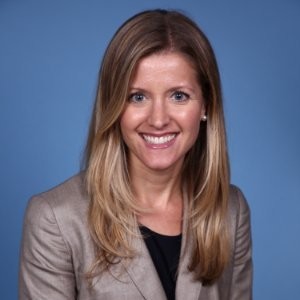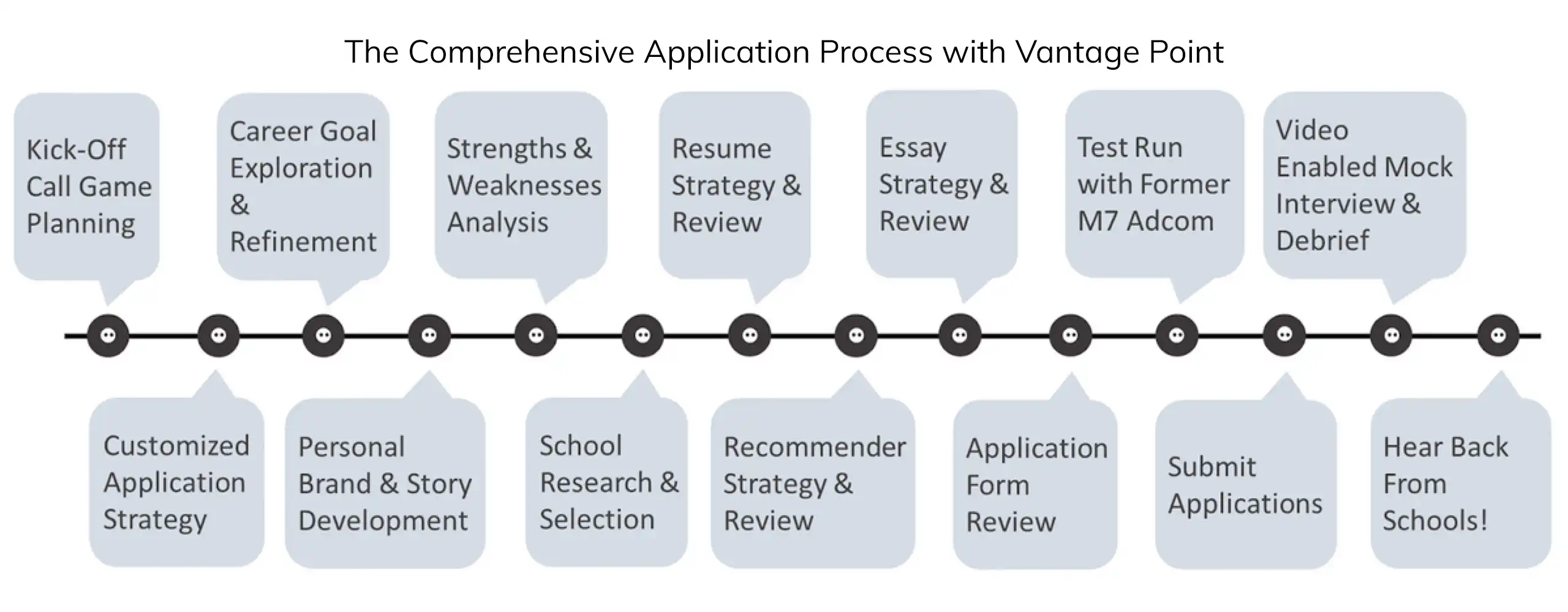‘When Do MBA Applications Open?’ and Other MBA Application Timeline Questions
While ‘when do MBA applications open?’ is a very relevant question (keep reading for the answer), it shouldn’t define when you begin working on your MBA application materials. Yes, we know the Round 1 MBA application deadlines seem so far away, but they’re not! Read on for our ideal MBA application timeline and you’ll see why now is the perfect time to get started.
Why Your MBA Application Timeline Should Begin in April (Or Earlier)
Seriously, the amount of time you devote to putting together a well-researched and well-crafted MBA application package has a strong correlation with your outcome. On average, our clients start working with us five months before the deadlines (and some start a whole year in advance).
The top MBA programs typically open their applications in June. Ideally, you start in the spring and tackle the ‘low hanging fruit’ before this happens. By ‘low hanging fruit’, we mean taking the GMAT/GRE, researching schools, talking to alums and current students, crafting your MBA resume, and solidifying your post-MBA career goals.
Why Is An Ideal MBA Application Timeline So Long?
Getting a head start in the spring allows you to hit the ground running and be efficient with the essay writing process, which is really where the heavy lifting comes in. On average, we see applicants writing 10-20 drafts of their essays for the top MBA programs. Our double admits this past year (those who got into HBS and Stanford) wrote a minimum of 12 drafts of each essay (the max was 27 in case you were wondering).
Why does it take so long? Because iteration is a critical part of making your applications, especially your essays, as good as they can possibly be. When we work with clients, we’ll often begin by brainstorming potential material and then iterating a few times on a high-level outline. This ‘prewriting’ process can easily span a week or two, which takes us to the beginning of July. If you plan to write a minimum of ten drafts (which you should) and are also juggling a full-time job, it’s easy to see how the timeline can close in on you. Especially if you are applying to a handful of schools!
Why 10-20 MBA Essay Drafts Are Necessary
Clients are often skeptical that they will write 10-20 drafts of an essay, so here’s a general example of how that might play out.
• Draft one is where you take a shot at one of the themes you had in mind.
• Draft two is about taking that story or theme up a level so that you are focusing on one clear idea.
• Draft three is refining that content so that it generally fits within the word limit.
• Draft four is about shuffling the flow of the essay so that the reader can “skim” and still understand the power of what you’re trying to say.
• Draft five incorporates more of your feelings and the “why” behind the stories in the essay.
• Draft six incorporates comments that your colleagues gave you about how you’re coming across.
• Draft seven is where you refine the way that you explained your key stories to make them more “to the point”.
• Draft eight is where you add a powerful ending. And so on, and so on.
This process varies by person, but in general, plan on the essay writing phase taking 25+ hours per school. Don’t rush this – it’s critical.
So, What Does an Ideal MBA Application Timeline Look Like?
Back to our main point: if you know that heavy lifting is coming, plan for it. Start now and trust us, you’ll be glad you did. You’ll feel more prepared and confident when you finally hit the submit button in the fall.
Below is the timeline that we generally recommend for a Round 1 applicant.

And as always, reach out to us with any questions! You can request a free initial consultation with one of our MBA admissions consultants by completing the form located here.
Ready to get started? Here are a few more articles that may help:
Five Things You Can Be Doing Right Now – Vantage Point MBA
Networking For Your MBA Applications – Vantage Point MBA
MBA Career Goals – Part I: Crafting a Compelling Short-Term Vision (vantagepointmba.com)
MBA Career Goals – Part II: Crafting a Compelling Long-Term Vision – Vantage Point MBA





